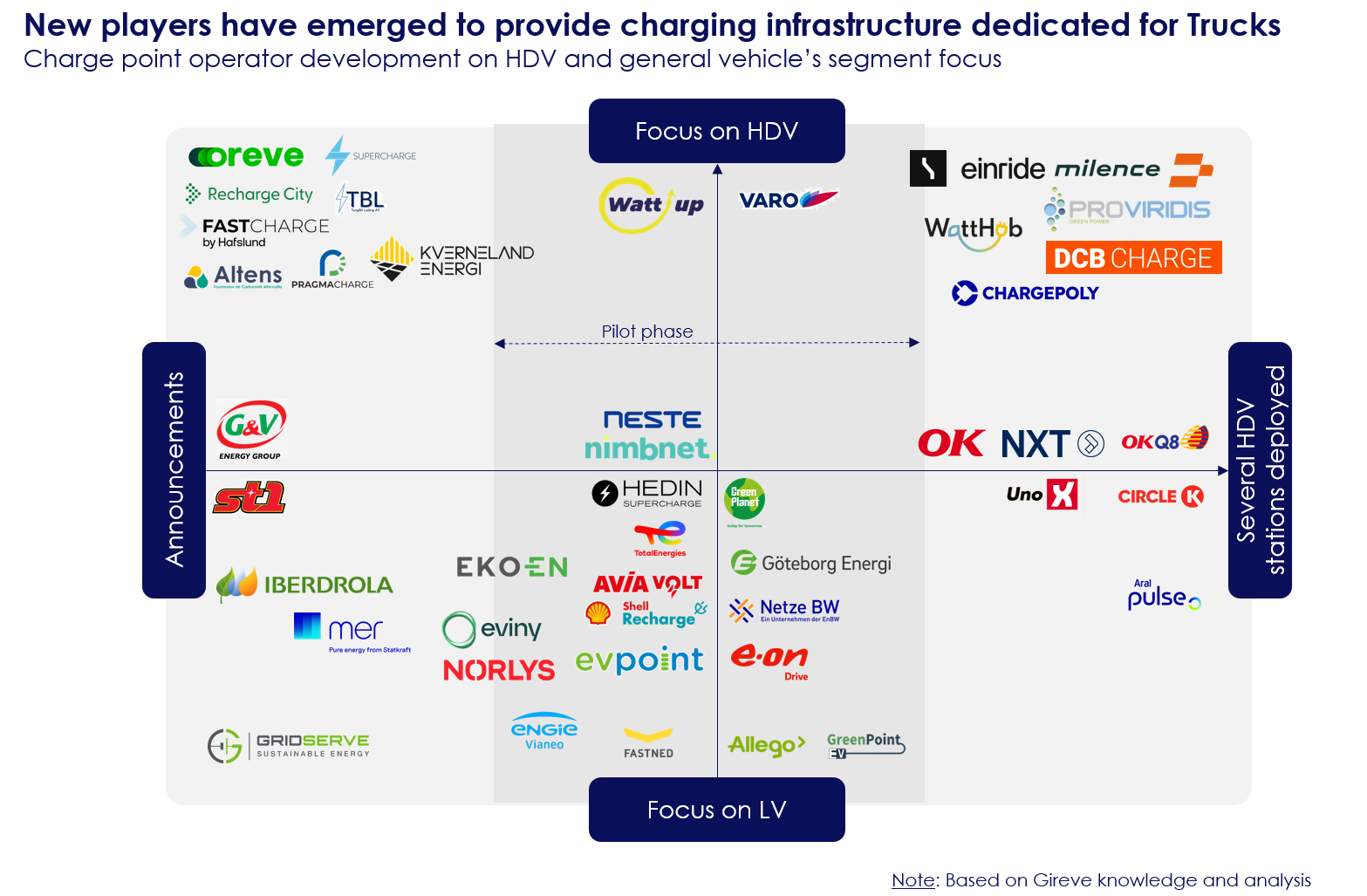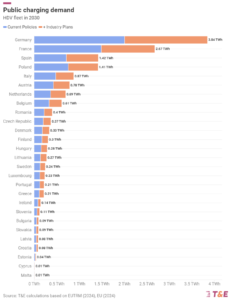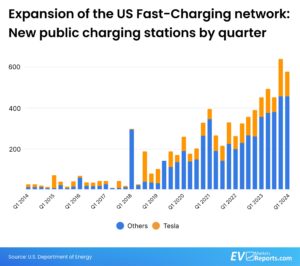As Europe strides toward an electrified future, the electrification of Heavy Duty Vehicles (HDVs) presents both vast opportunities and significant challenges for the EV charging infrastructure sector. Gireve recently published an update detailing the current state and future potential of public HDV charging infrastructure.
Electrification and Infrastructure Needs
The push for electric HDVs is growing, with over 15.000 battery-electric trucks currently on European roads. These trucks require robust public charging infrastructure to support long-distance travel and to supplement insufficient depot charging facilities. The infrastructure demands for HDVs differ significantly from those for passenger cars, creating new market opportunities for industry players.
Emerging Market Players
Several new players are emerging in the HDV charging sector. Large industry players are creating subsidiaries or forming joint ventures due to the capital-intensive nature of the market. A notable example is Milence, a joint venture established in 2022 by major European truck OEMs, which plans to deploy 1.700 charge points by 2027.
Deployment of Public Charging Stations
More than 100 MW of public charging infrastructure dedicated to HDVs has been referenced, with an average power output of around 300 kW. Germany and Sweden lead the way in infrastructure deployment, thanks to companies like Aral Pulse and OKQ8. Norway is also expected to see significant developments with recent grants to deploy truck chargers along major corridors.
Technological and Strategic Adaptations
No Megawatt Charging System (MCS) has been deployed yet, but plans are underway for future implementations. Tesla, often at the forefront of fast charging technology, has not yet announced any specific plans for HDV charging in Europe, as the production of Tesla semi-trucks in the region has not started.
Conclusion
The electric HDV charging infrastructure is still in its nascent stages, with significant growth expected as total cost of ownership (TCO) parity with diesel trucks is achieved by 2027. The evolving market landscape highlights the importance of strategic data sharing and collaboration among industry players.
As the electrification of HDVs progresses, the development of a seamless and efficient public charging infrastructure will be crucial in supporting the widespread adoption of electric trucks across Europe.




